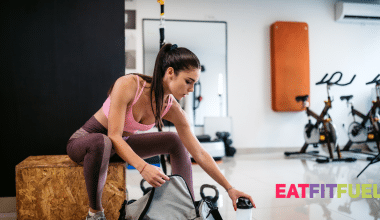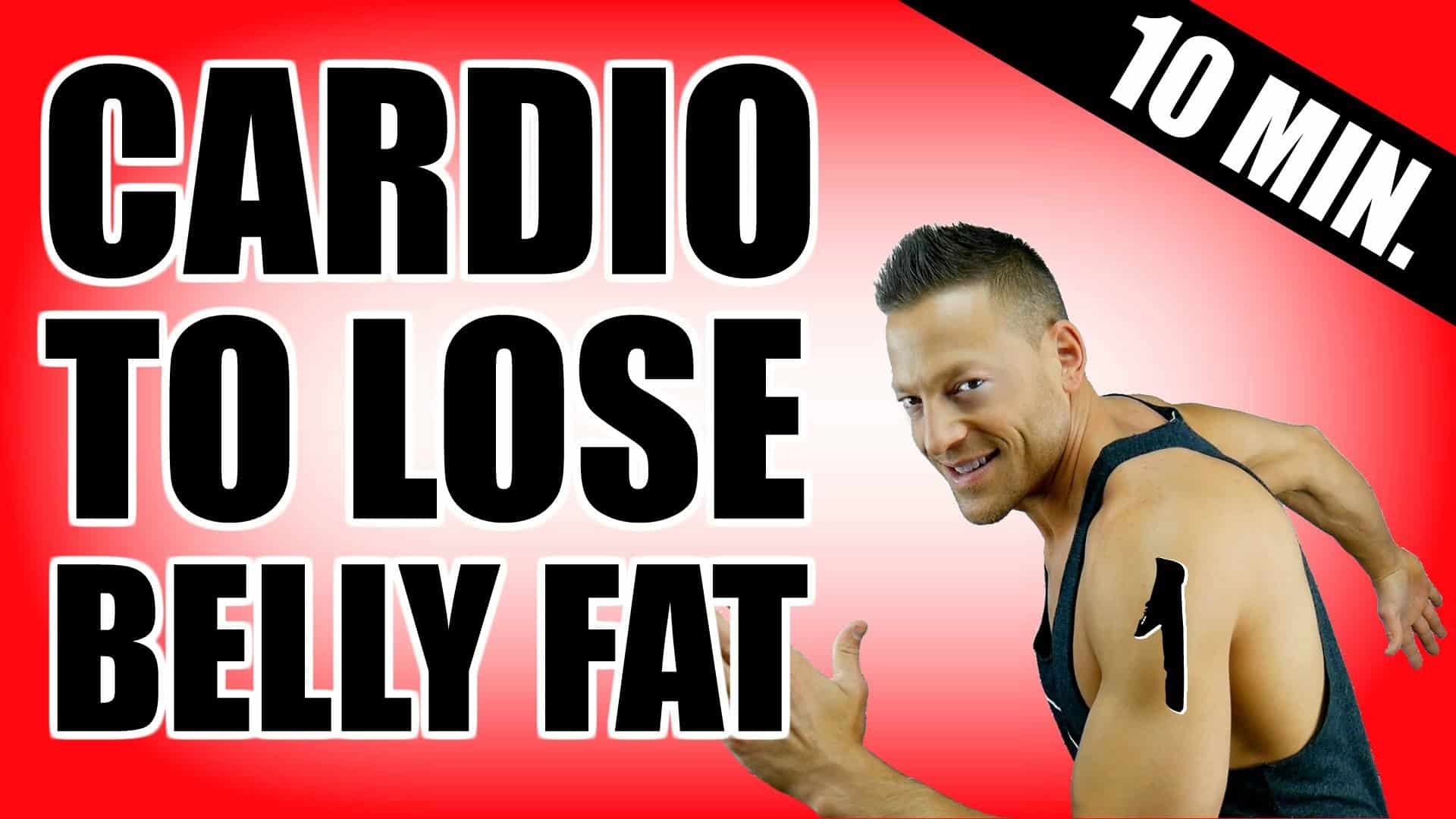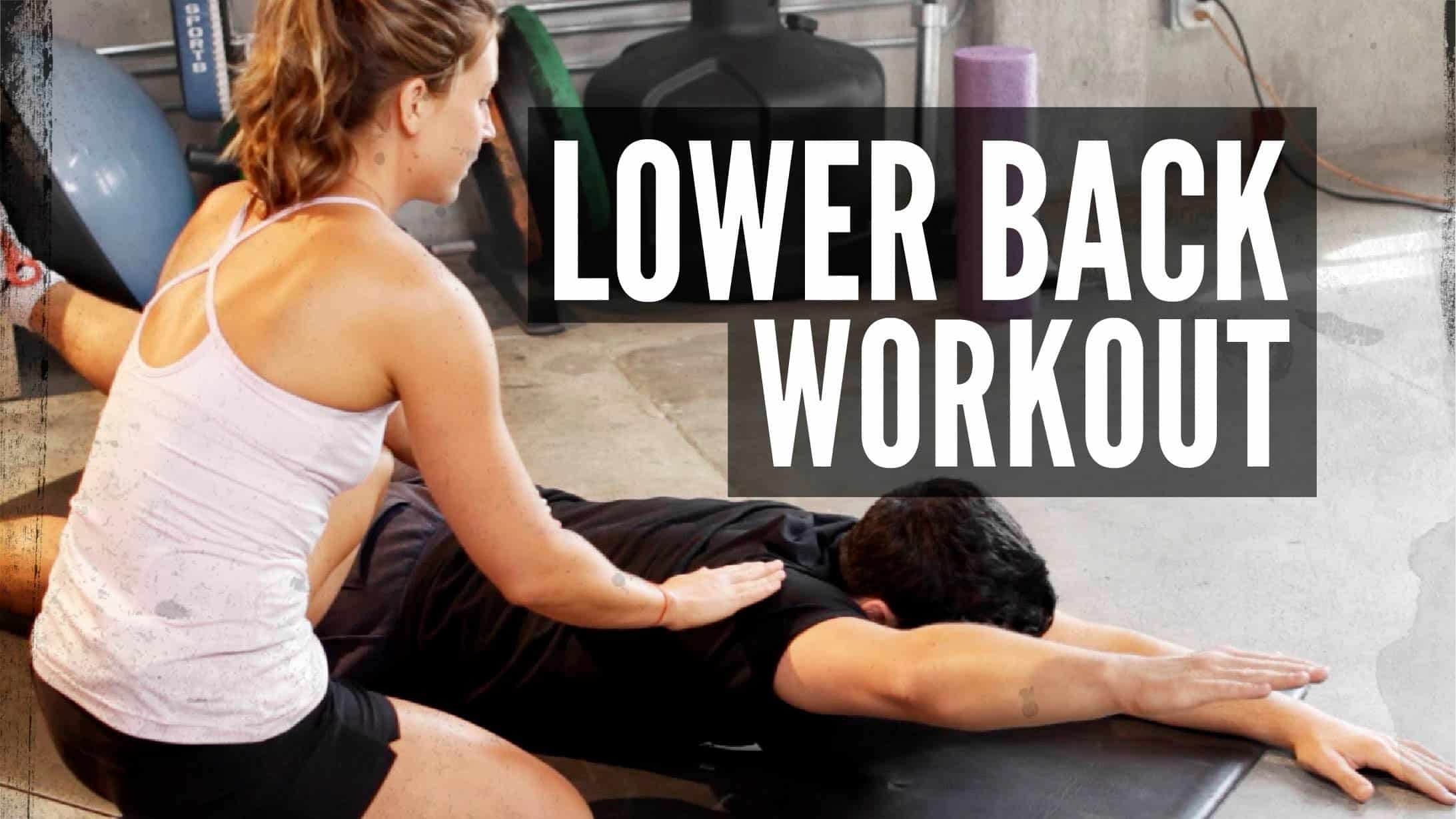We all want a toned and sculpted booty like those of seemingly perfect female celebrities, but achieving it is another matter. The shape of our bodies are influenced by our genetics. Moreover, the butt area is where we tend to hold the most fat, making it difficult, but not impossible to shape and tone.
Our glutes are made up of three muscles:
- The gluteus medius
- The gluteus minimus
- The gluteus maximus
These muscles play an important role in sculpting the backside. The upper glute exercises are specifically meant to target the upper fibers of the gluteus maximus together with the gluteus medius and minimus. These exercises help to lift, tone, and define the upper glutes, resulting in a perkier, rounded, and lifted derriere.
Apart from the aesthetics, strong glute muscles stabilize the pelvis and enhance posture as well as movement. They also improve performance in physical activities. Thus, incorporating these exercises into your training is also good for your overall health.
Overview
Tips for Effective Glute Training
- Mind-Muscle Connection
- Vary the Feet Placement
- Incorporate Glutes Into Your Cardio Regimen
- Incorporate Plyometric exercises
- Keeping Your Toes in Line With Your Knees
- Have Realistic Expectations
Top Upper Glute Exercises for a Sculpted Backside
- Single-Leg Bridge
- Single-Leg Deadlift
- Bulgarian Split Squat
- Sumo Squat
- Weighted Donkey Kick
- Single-Leg Squat
Benefits of Strong Glute Muscles
- Enhanced Posture and Balance
- Improved Confidence and Better Mental Health
- Prevention of Injury
- Improved Athletic Performance
- Enhanced Lower Body Function
- Aesthetics
Additional Upper Glute Workout Ideas
Conclusion
Frequently Asked Questions
Tips for Effective Glute Training
Glutes are very important, and that’s the reason why you’ll find a lot of information out there on how to fine-tune them. But for starters, note that consistency and a proper form are important if you’re to reap the sculpting and functional benefits of upper glute exercises. Here are some tips to help you maximize your glute gains:
- Mind-Muscle Connection
Apart from going through the motions, it’s also important that you consciously flex your glutes during every movement. It’s easy to lose focus when going through the last few sets, so think about the exercises you’re performing. This will help you to concentrate on the muscles that need to be activated and where you’re feeling the burn.
- Vary the Feet Placement
Place your toes at an angle instead of keeping them forward. Try widening and narrowing your stance, which works exceptionally well with squats and deadlifts. Additionally, you can do one-legged reps and remember to try diagonal lunges and curtsy lunges when lunging.
- Incorporate Glutes Into Your Cardio Regimen
Apart from the standard running on the treadmill, it’s important that you integrate walking lunges on an incline on that machine. You will realize that walking lunges takes less time, and you won’t even feel the burn.
You can also give the Stepmill and Jacob Ladder a try, as the machines do a great job of activating the glutes if used properly. Incorporate Plyometric Exercises
These exercises are good at tightening and toning your glutes. The good news is that they are convenient and can be performed anywhere. They also help increase your heart rate and can be an efficient pre-exhaust exercise.
- Keeping Your Toes in Line With Your Knees
This tip is crucial as it helps maximize the results from lifting and avoid injury. Be careful not to bend your knees in or out, but if it happens, just lower the weight to ensure that your form does not suffer.
- Have Realistic Expectations
Rome was not built in a day. Muscle building is a gradual process, so be patient and persistent. But how much patience is expected before you can start seeing the results? That will depend on several factors based on the findings of the American Council on Exercise.
Remember that genetics play a big role in muscle building. Some people can build muscles more quickly than others, and hormones are also a contributing factor. People with more testosterone tend to build muscles more quickly.
Top Upper Glute Exercises for a Sculpted Backside
For these glute exercises, you’ll be required to have a barbell and dumbbells or a weighted plate with a weight that you can lift ten times with good form. However, the last two reps should feel difficult, according to the American Council on Exercise.
So, are you ready to get started with your glutes? Here are the exercises you’ll need to incorporate in your routine:
- Single-Leg Bridge
- Lie on your back with your arms at your side, feet flat, and knees bent.
- Raise your right foot off the ground and extend it straight. Ensure you keep your knees in line and hold the leg elevated throughout the motion.
- Press into your left heel, raise your hips while squeezing your glute, and lower back down with control.
- Perform all your reps with the right leg elevated and switch sides to tone each glute muscle. You won’t need any equipment for this.
- Single-Leg Deadlift
- Stand with your feet hip-width apart while holding a dumbbell in each hand.
- Push your hips back and hinge forward at your waist. Do these while letting the dumbbells drift towards the ground with straight arms.
- Extend your left leg straight behind you as your arms move towards the ground, back flat.
- Keep moving forward to the point where your body is in a straight line, with your left leg straight behind you and your arms hanging straight down.
- Reverse the motion slowly and move your left leg back to the starting position.
- Repeat this process on both sides while targeting the upper glutes, hamstrings, and lower back.
- Bulgarian Split Squat
- Stand a few feet before a bench or chair while facing away from it with dumbbells in both hands.
- Reach your left foot back and place the top of your foot flat on the surface while widening your base of support for balance by moving your left foot a few inches to the left.
- Slightly lean your torso forward and bend your front knee. This will sink your hips toward the ground as low as you can comfortably.
- Ensure that your front-leg shin is vertical and your back knee is pointed down toward the floor. If one of your legs is out of place, move your front foot forward or backward until you find your ideal positioning.
- Push through the middle of your front foot to return to standing.
- Complete all the steps on one leg and move to the other to isolate each glute muscle while increasing strength.
- Sumo Squat
- Stand with your feet slightly wider than the hip-width apart. Make sure your toes are pointed out at a 45-degree angle, and move your feet closer if the position feels uncomfortable.
- Hold a dumbbell in each hand in front of you with your arms straight.
- While keeping your back straight, push your hips back and bend your knees out over your toes. Squat down as if you’re sliding down a wall while keeping your back as straight as possible. Avoid leaning forward or sticking your butt out.
- Go much lower towards the ground until your thighs are parallel to the floor.
- Activate your core, glutes, and quads to propel your body back upright. Do these while driving your weight through your feet to return to a standing position, then squeeze your glutes at the top of the movement and repeat the process.
- This exercise focuses on the thighs and glutes to reduce knee strain while emphasizing outer glute activation.
- Weighted Donkey Kick
- Start this exercise on all fours with your hands under the shoulders. Your knees should be in line with your hips.
- Place a dumbbell behind your right knee. Alternatively, you can put on ankle weights.
- While keeping your right knee bent to hold the dumbbell in place, reach your right foot toward the ceiling.
- Lift your right leg as far as possible and keep your knee bent. Ensure that your back is neutral.
- Squeeze your glutes at the top and return to the starting position. Repeat the process on the other side.
- This exercise targets the gluteus medius and gluteus maximus. It directly isolates the upper glute muscles with added resistance.
- Single-Leg Squat
- Stand with your shoulders back and your feet at a hip-width distance, then lift the right foot off the floor. Make sure that your legs are straight.
- Hold your arms straight out in front of you while keeping your back neutral.
- Bend your left knee while pushing your hips back as you lower toward the ground.
- Stop when the lifted leg is the same height as the bent leg.
- Do a shallow squat, then progress to deeper squats, depending on your ability.
- Repeat this on every side for stability while working the glutes through a full range of motion.
Mix up these exercises to target your upper glutes from all angles. Start with bodyweight and master the movements. Progressively add resistance bands or weights to maximize those lifted gains.
Benefits of Strong Glute Muscles
Muscle Upper glute exercises deliver more than just aesthetic results. They also strengthen the glutes to provide overall functional benefits:
- Enhanced Posture and Balance
The glute muscles contribute to improved posture and balance. Strong glutes maintain a neutral pelvis, helping to align the spine and prevent lower back pain.
What’s more, strong glute muscles help to improve balance. This is especially important for older adults as it helps to reduce the risk of falls and related injuries.
- Improved Confidence and Better Mental Health
Strong glute muscles help improve one’s confidence and mental health. Achieving fitness goals leads to a sense of accomplishment and improves your self-esteem.
Furthermore, regular exercise is associated with a boost in mental health and a reduced risk of depression.
- Prevention of Injury
The glutes are some of the main supporters of the lower back. But when they’re weak, they become unable to perform this function. In such cases, the body usually finds other muscles to perform the task.
The downside is these muscle helpers were not designed to perform that task. Hence, these muscle helpers easily get over-stressed, causing pain in the lumbar spine, hips, and knees.
Glutes that can’t perform well increase the risk of injuries to the knees, lower back, and groin. You must strengthen these muscles to decrease the risk of injuries during exercises like deadlifts as it takes pressure off the lower back.
- Improved Athletic Performance
Besides decreasing the risk of injuries, strong glute muscles also help improve your overall athletic performance. Glutes are responsible for accelerating and decelerating and creating explosive power in jumps.
You’re expected to have strong glutes and hip extensors during high-performance sports for best results. Athletes with strong glutes are much faster and more explosive in their movements.
- Enhanced Lower Body Function
Glutes are involved in a lot of lower body movements. This includes running, walking, jumping, and even squatting.
Therefore, developing stronger glutes helps to boost your ability to make these movements with proper form and technique. It also helps to improve lower body function and overall body fitness.
- Aesthetics
Developing stronger glutes affects the aesthetic appearance of our bodies. Also, you can easily achieve a firmer and toned appearance if you increase the muscle mass in the glutes and have reduced body fat.
Additional Upper Glute Workout Ideas
Once you’ve mastered the basics, try the following creative ways to intensify your upper glute burn:
- Resistance equipment: Bands, cables, and weighted machines enable you to maximize resistance and time under tension for greater muscle breakdown.
- Elevated surfaces: Use steps, platforms, or benches to increase the range of hip flexion and glute activation.
- Unilateral training: Single-leg movements like lunges and Bulgarian split squats isolate each glute muscle.
- Cardio: Incorporating stair climbs, hill sprints, and incline treadmill walking engages the glutes while burning extra calories.
- Supersets: Combine upper and lower glute moves with minimal rest for a major burn.
Varying your upper glute exercises, equipment, tempo, and volume will ensure continual progression and improved sculpting effects.
Conclusion
Finally, strong glute muscles are important for overall body fitness and health. Focusing on developing strong glutes enhances posture, body balance, athletic performance and reduces the risk of injury.
Strong glute muscles also improve body function and metabolic health, improving confidence. So, if you haven’t started working on your glutes, it’s time you consider it, as you’ll appreciate the benefits that come with it.
Frequently Asked Questions
- How often should I train my upper glutes for better results?
Aim for 2-3 focused upper glute workout sessions per week. This allows for proper recovery between training days while providing enough stimulus for continual muscle growth.
- Can I build my glutes without weights?
Yes you can. Bodyweight exercises such as squats, lunges, and bridges will effectively activate your glutes. You must, however, note that progressively adding resistance maximizes hypertrophy.
- How can I ensure proper form on glute exercises?
Seek guidance from professional trainers, watch instructional videos, use lighter weights at first, and listen to your body. Red flags like pain may indicate improper form.






